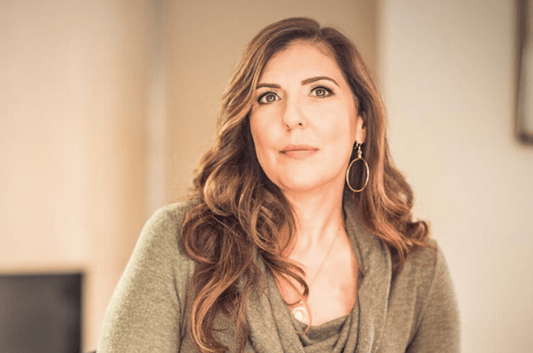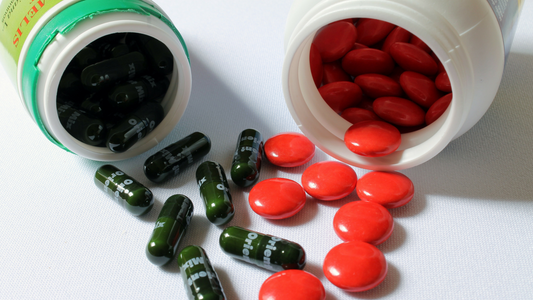Foods that reduce inflammation and strengthen your immune system are the keys to better breast health
In this article you’ll learn:
- What you eat matters — Eating foods that fight inflammation is key.
- When you eat matters — Sometimes less is more.
- What not to eat or do — Avoidance can be crucial.
- Your number one priority — Reducing inflammation is vital.
 Cancer, especially breast cancer, has become such a common occurrence. The fact is, one in eight women in the US gets diagnosed with breast cancer, so if it feels like a prevalent disease – you’re right.
Cancer, especially breast cancer, has become such a common occurrence. The fact is, one in eight women in the US gets diagnosed with breast cancer, so if it feels like a prevalent disease – you’re right.
Cancer awareness programs are helpful, but we need to move beyond just awareness. We need to take action. Don’t get me wrong, awareness is good, and yes, we want a cure, but prevention needs to start now. That includes prevention of recurrence so we can freely live life without fear of getting cancer.
It’s such a terrible disease that takes so much out of you, and I sincerely hope that a cure is found. Meanwhile, it is our responsibility to make sure we practice preventive care.
There is enough research that shows just what we can do to help with breast cancer prevention. Let’s take that seriously and apply it to our daily lives. Since I have daughters, this topic of "best breast health" is always on my mind and is an integral piece of my family's health routine.
In reality, less than 10% of us actually keep up with our own health. It isn’t a priority until it is. I get it. But we can do better. Cancer research has shown that it is possible to reduce our risks, but we need to make an effort.
Our focus needs to be on maintaining our best health, on keeping our inflammation under control. Our focus needs to be on educating ourselves about the preventive measures we and our loved ones can take.
Today, let’s focus on the foods that you can eat (or avoid) for better breast health. The tips below can help with prevention and recovery.
Understand Your Risks!
First of all, we need to know the risk factors for developing breast cancer or having it reoccur. True, there is a genetic component to breast cancer, but please be clear that about 90% of your risk is due to environmental exposures and lifestyle decisions that you make — and can therefore change.
Prior To Breast Cancer Diagnosis
If you have ever had breast cancer, please keep up with your examinations. Also, prior breast cancer biopsies that showed “lobular or ductal carcinoma insitu” and “atypical ductal hyperplasia” put you at higher risk.
Genetics And Family History
Women with a history of breast cancer in a first-degree relative (mother, sister, or daughter) have a higher chance of developing breast cancer than women with no family history of breast (or ovarian) cancer.
Only 9% of breast cancer can be attributed to a family history of breast cancer and an even lower percentage is associated with a hereditary gene or germ cell mutation, i.e. the BRCA1 and BRCA2. There is a higher association between breast, ovarian, and colon cancers.
Your personal risk is increased by having:
- A mother, sister, or daughter with breast cancer
- Multiple generations of family members affected by breast or ovarian cancer
- Relatives who were diagnosed with breast cancer at a young age (under 50 years old)
- Relatives who had both breasts affected by cancer
- A BRCA1 and or BRCA2 positive test
- Dense breasts. Dense breasts can make it hard to see tumors on a mammogram since there is more connective tissue than fatty tissue.
Environmental Factors
- Exposure to ionizing radiation
- Exposure to DDT and contaminants of pesticides (this research has been inconsistent)
- Smoking and secondhand smoke
- Obesity, especially adult weight gain
- Alcohol use
- Older age of first child’s birth
- Never giving birth
- Later menopause
- Early menstrual period (women who start their periods before the age of 12 are exposed to hormones longer)
- Taking oral estrogen and progestin together for more than five years
- Also, prolonged hormone replacement therapy in menopausal women on Premarin and Provera has been shown to increase the risk by 8 per 10,000 women.
It may help to use the National Institute of Health’s breast cancer risk assessment tool. I just took the assessment and here are my results :
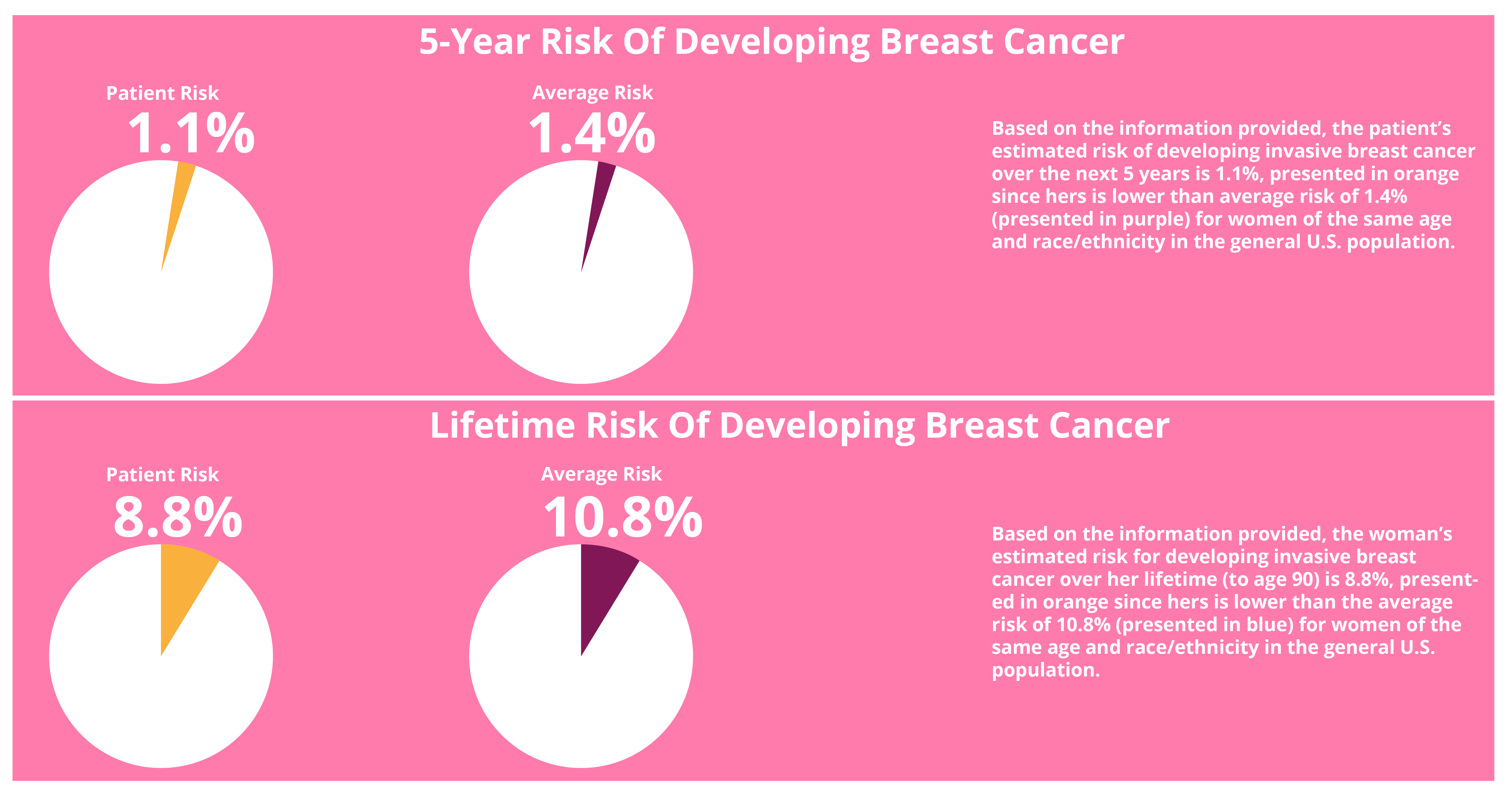 Whatever our risks are, we can improve them!
Whatever our risks are, we can improve them!
The Keto-Green™ (Keto-Alkaline®) Diet And Lifestyle In Reducing Inflammation
The right diet, lifestyle choices and nutritional supplements have a positive effect on reducing inflammation and on reducing your risk for breast cancer.
The ketogenic diet is an effective initial phase of treatment to reduce the underlying inflammation associated with chronic diseases. However, just going keto alone isn’t enough, as it can make the body too acidic. Animal and cell studies have shown that tumor growth actually increased in acidic environments and may support cancer proliferation.
Therefore there is another element to this diet that you need to incorporate — alkalinity. An alkaline diet has been linked to lower rates of cancer, cardiovascular disease, and other chronic diseases.
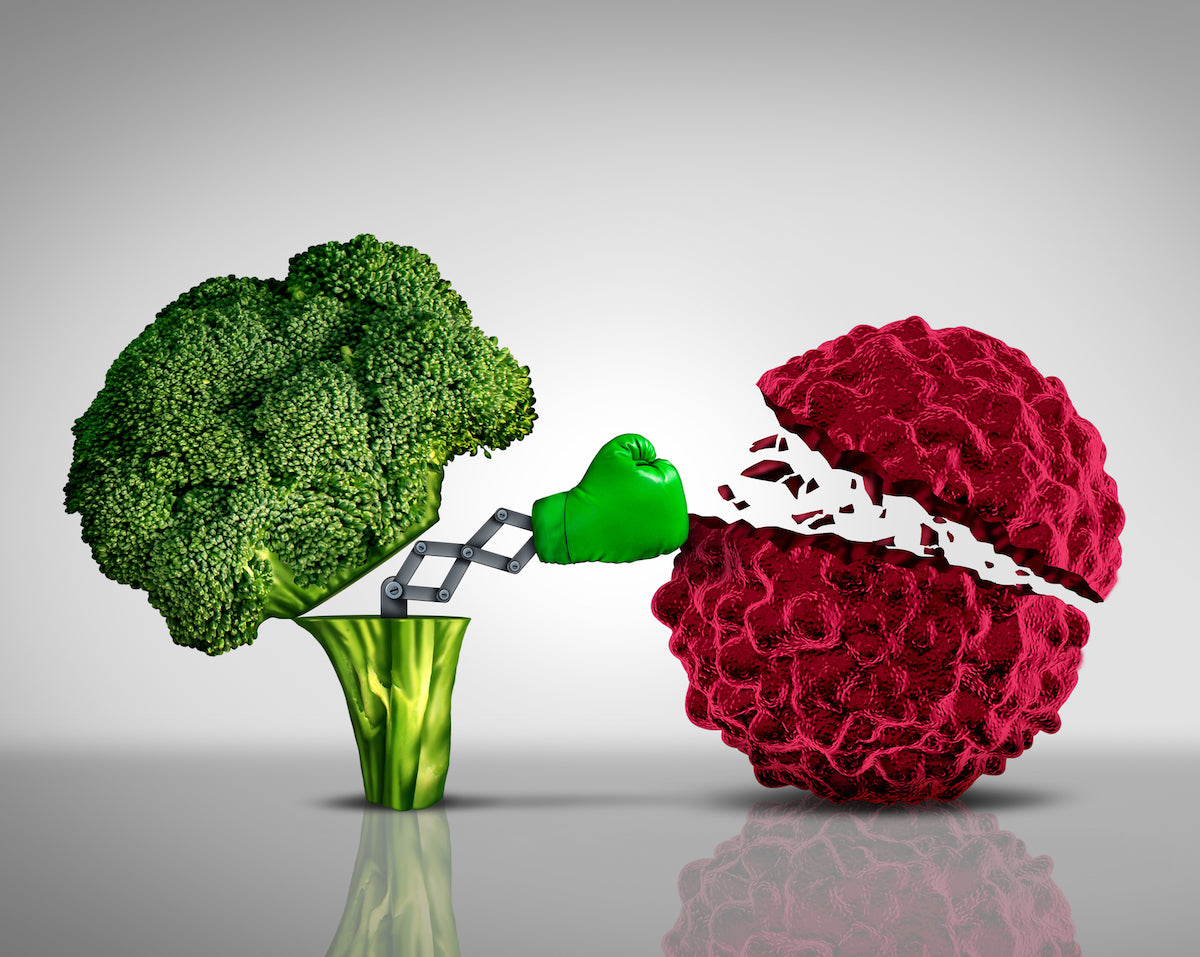
Intermittent Fasting
An important component of my Keto-Green diet and lifestyle is intermittent fasting. It’s not what many want to hear — because we’re often taught that we must eat all our meals — but hear me out.
Many studies support the significant health benefits of intermittent fasting and I am a big believer in it. Breast cancer risks may be reduced by implementing intermittent fasting although scientists do not fully understand why this is so.
One theory is that fasting might improve gluco-regulation — which improves your sensitivity to insulin and reduces insulin resistance — as well as improve your sleep. We see this improvement of insulin sensitivity on a Keto-Green diet.
Research has consistently shown that loss of sleep a night causes inflammation, and ongoing low-grade inflammation is linked to many diseases, including breast cancer.
An easy way to start intermittent fasting is just by increasing the amount of time between dinner and breakfast. Aim for more than 12.5 hours of fasting in order to decrease risk [1].
Going Keto
Being in a ketosis state means that your body is in a high fat-burning, high metabolism state. To get into this state, you’re going to have to eat a low-carb, high-(healthy) fat, high-(healthy) protein diet, so that your body is using fat as fuel, and not glucose.
A simple explanation is quoted below:
“When you eat carbs, your body’s blood glucose increases and spikes your blood sugar. Your body releases more insulin as a reaction to elevated blood glucose levels. Insulin is produced to get the glucose from your body and into the cells. There it gets converted to energy. Your body burns the glucose to make its energy and then insulin tells the cells to store their energy as carbs or fat (the unhealthy and dreaded belly fat).”
A ketogenic diet not only reduces overall inflammation and blood sugar issues (diabetes, insulin resistance), and supports weight loss, but research supports that it also reduces epileptic seizures, and may even be effective at treating diseases such as Alzheimer’s disease and Parkinson’s.
Get Alkaline
And finally, to round out the Keto-Green Diet, eat foods that increase alkalinity in the body. This is the key to balance out the ketosis side of things and prevents your body from becoming too acidic.
Get more alkaline by staying away from excessive acid-promoting foods especially all processed foods, grains, white sugar, white flour, and caffeine. Instead, fill your meals with an array of vegetables like kale, beet greens, collards, mushrooms, tomatoes, sprouts, avocados, and occasional low glycemic fruits like pomegranates, peaches, berries and more.
My Keto-Green approach also encourages healthy protein choices from free-range meats and wild-caught fish. And let’s not forget healthy fats! Make sure you have healthy fats incorporated into your diet from sources like ghee, avocados, nuts, olive oil and coconut oil.
Create Balance
I get that strictly sticking to this diet for complete breast health will not be possible, even if we have the best intentions! We’re human after all, and we need to be realistic about this. I love my red wine, and I’ll be the last person to tell you that you can’t ever have it.
Life happens. We go out, we treat ourselves, we meet people — it’s highly likely you’ll be slipping in and out of ketosis. That’s completely fine. There are benefits to this including metabolic versatility.
The point is to make sure you keep an 80-20 balance here. Where you’re in keto-alkaline 80% of the time, you have room to play with the balance 20%. And it’s ok to play.
Be Sure to Add These Foods To Your Diet
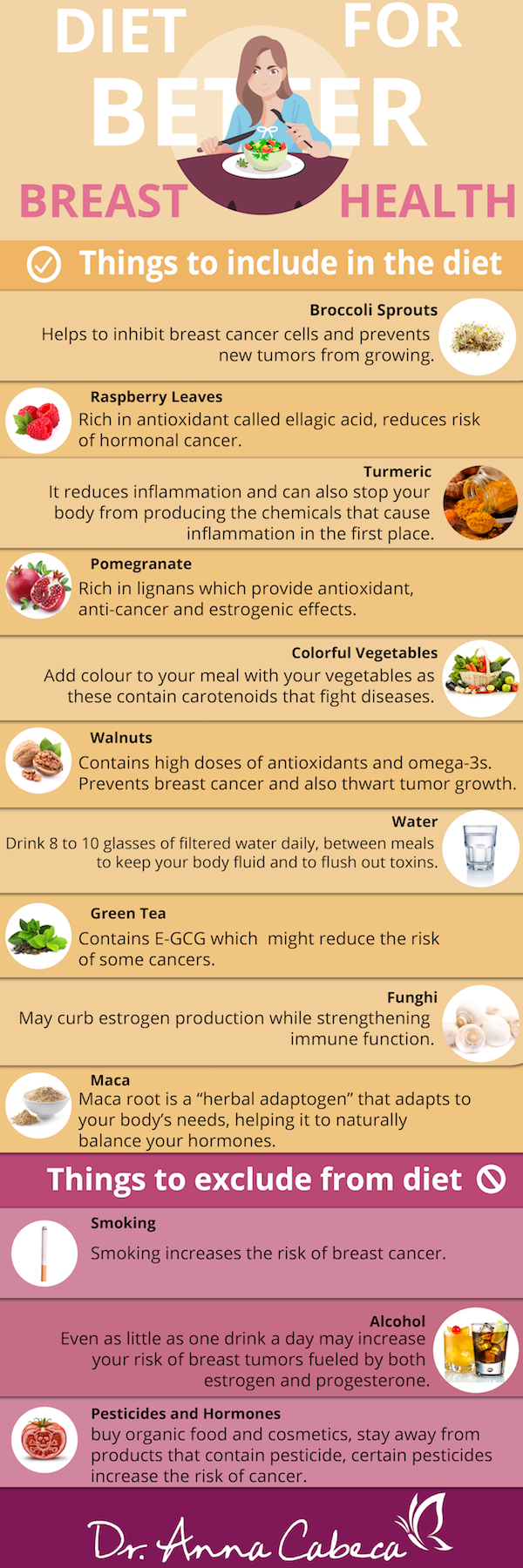
Be Sure to Add These Foods To Your Diet
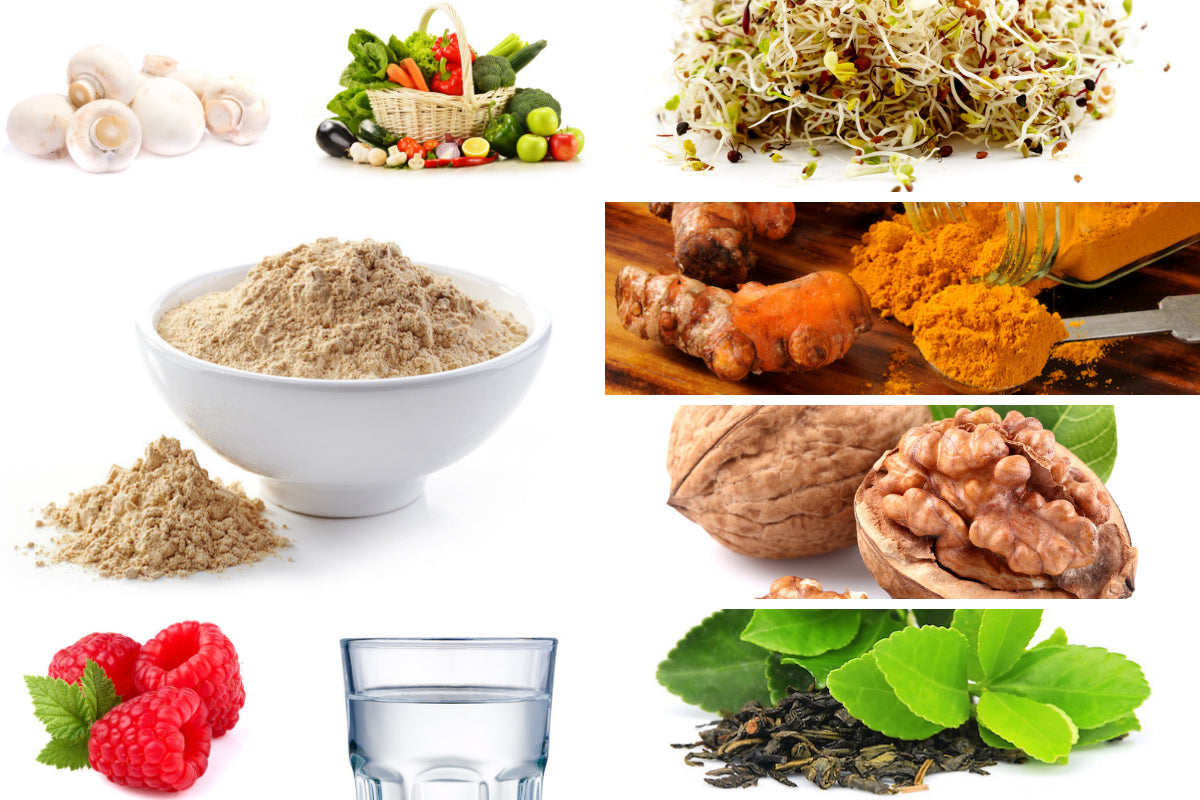
In practicing a Keto-Green diet and lifestyle, I encourage you to incorporate the foods below into your diet. These foods are rich in antioxidants and are known the be anti-inflammatory and cancer-preventing.
Turmeric
Turmeric consumption is a great, natural way to reduce inflammation and can also stop your body from producing the chemicals that cause inflammation in the first place! Its effects are similar to over-the-counter pain meds such as aspirin.
Turmeric contains curcumin, a component that has antioxidant and anti-inflammatory properties. Research shows promising anticancer effects, by being able to kill cancer cells and preventing more from growing.
But turmeric itself is rich in many compounds beyond curcumin, with curcumin being only one of turmeric’s 199+ components. For that reason, I prefer using full-spectrum turmeric versus isolated curcumin extract.
>>> Check out this pure turmeric extract <<<
Broccoli sprouts
Not to be confused with broccoli, broccoli sprouts contain higher amounts of nutrients compared to mature broccoli. One such compound is Sulforaphane, also known as the “cancer cell killer”. And broccoli sprouts contain 30 to 100 times more sulforaphane than adult broccoli.
Sulforaphane helps to inhibit breast cancer cells and prevents new tumors from growing, on top of doing three things:
- Naturally blocking estrogen — by parking itself in estrogen receptors, it stops “bad” estrogen from growing malignant tissues (like breast cancer).
- Detoxifying the liver — by increases glutathione (the master antioxidant) production and inducing phase 2 detoxification enzymes.
- Preventing osteoporosis — it protects against the formation of osteoblasts by protecting against cartilage destruction.
Broccoli sprouts also contain quercetin, a potent anti-inflammatory agent (also an ingredient in Mighty Maca Plus), and is highly alkalizing. Experts believe that cancer is more prone to grow in an acidic body.
Be sure to eat your sprouts raw, and to chew them well. Mastication is what releases sulforaphane.
Raspberry leaves
Raspberry leaves are rich in an antioxidant called ellagic acid. This leaf can alter estrogen metabolism, helping to reduce the risk of hormonal cancers caused by 17 beta-estradiol. An easy way to enjoy raspberry leaves is by brewing it into a tea.
Colorful vegetables
Vegetables are great for you, but colorful vegetables are even better! Add as much color to your meal with your vegetables because these contain carotenoids that fight diseases. Cruciferous vegetables like broccoli, cauliflower and Brussel sprouts contain sulforaphane, so be sure to add more to your diet.
Walnuts
Adding two handfuls of walnuts to your daily diet may also help with breast cancer prevention. According to a study by Marshall University School of Medicine, walnuts may not only prevent breast cancer, but also thwart tumor growth due to the high doses of antioxidants, omega-3s, and phytosterols.
Water
It’s important to keep hydrated. Drink plenty of water! Eight to 10 glasses of filtered water daily, between meals, can help keep your body fluid and flush toxins.
Funghi
There are studies that suggest that mushrooms may act in a similar way to breast cancer drugs called aromatase inhibitors. Mushrooms may curb estrogen production while strengthening immune function. This Korean study found that a high consumption of mushrooms might be related to lower risks for breast cancer among premenopausal women.
Maca
Maca root is a “herbal adaptogen” that adapts to your body’s needs, helping it to naturally balance your hormones. So if you are suffering through estrogen dominance, taking maca daily will help your body balance itself — usually by increasing the levels of progesterone.
Learn more about Mighty Maca® Plus
 I use Mighty Maca as a baseline protocol in all of my transformation programs, as I know that for true healing to occur, the lingering effects of years of inflammation need to be addressed.
I use Mighty Maca as a baseline protocol in all of my transformation programs, as I know that for true healing to occur, the lingering effects of years of inflammation need to be addressed.
As I researched and developed my Mighty Maca Plus drink one of my primary goals was to create a superfoods drink that would reduce inflammation. Key ingredients needed to provide anti-inflammatory benefits; so I included maca, turmeric, quercetin, mangosteen, cat’s claw, resveratrol, and many more.
Green tea
Cancer rates in East and Southeast Asia have been found to be lower, and some people believe it’s because green tea consumption is higher there. The substance in green tea that researchers think is most helpful is called epigallocatechin-3-gallate (EGCG), which studies have suggested might reduce the risk of some cancers.
Pomegranate
Pomegranates are great for women who are both low in estrogen (as is the case for perimenopause and menopause) as well as those suffering through estrogen dominance (breast cancer, PMS, fibroids, endometriosis etc).
Pomegranate seeds are rich in lignans which provide antioxidant, anti-cancer and estrogenic effects.
Quote from “Pomegranate: The Most Medicinal Fruit” book (pg. 9):
“In our investigations, we also discovered a large store of 17-alfa-estradiol in pomegranate seed oil. This compound is a mirror image version of the estrogen produced in the highest quantities in the female body. To the best of our knowledge, this was the first time it has ever been found in plant sources.”
Sometimes I’m amazed at how nature provides us with all kinds of natural ways to keep our body healthy. This also explains centuries of fascination with this fruit.
What To Avoid
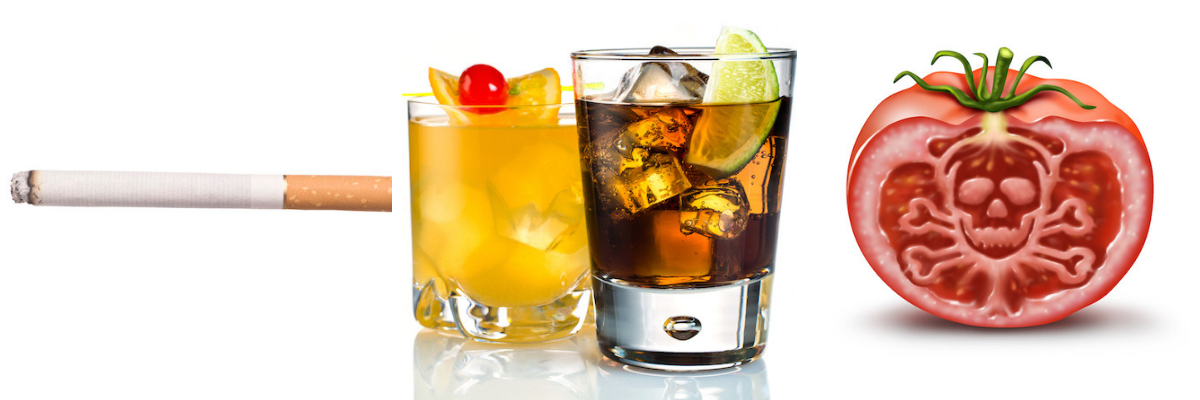
Smoking
If you’re a smoker, I urge you to quit. If I could think of one positive effect of smoking, I would tell my patients. But I can’t. QUIT!
Alcohol
I urge you to either stop drinking or limit your alcohol intake to 4 oz of red wine per night (to be had with your meal). Even as little as one drink a day may increase your risk of breast tumors fueled by both estrogen and progesterone (the most common type).
Hormones and pesticides
Dodge pesticides and other endocrine disruptors. Certain pesticides’ molecular structures mimic estrogens and glom onto your cells’ hormone receptors. Although a hard-and-fast link has yet to be established, the Mayo Clinic reports women with elevated pesticide levels in their breast tissue to have greater cancer risk—all the more reason to buy organic and grow your own veggies.
Tender Loving Care
I know that we won’t be able to incorporate all the ingredients into our diet daily. As much as we might want to be the healthiest versions of ourselves, life happens. I know. I do urge you to get some key ingredients such as turmeric, maca, green tea, and pomegranates.
In order to save you time, add a daily scoop of Mighty Maca Plus which contains over 40 naturally healing ingredients including maca, turmeric, quercetin, mangosteen, cat’s claw, resveratrol and many more anti-inflammatory ingredients your body needs.
Try my Mighty Maca Plus Elixir:
- 1 - 2 scoops Mighty Maca
- 1 tbsp Braggs Apple Cider Vinegar
- A squirt of lemon (1/4 tsp)
- 2-4 oz water
Just mix all the ingredients in, give it a good shake and chug! Takes 5 minutes to prepare.
The American Cancer Society estimates for breast cancer in the United States for 2017 are:
- About 252,710 new cases of invasive breast cancer will be diagnosed in women.
- About 63,410 new cases of carcinoma in situ (CIS) will be diagnosed (CIS is non-invasive and is the earliest form of breast cancer).
- About 40,610 women will die from breast cancer.
- These numbers are scary, but we can improve our risk factors and detection is key!
So please make sure to update on your self-checks, routine doctor appointments, mammograms, thermograms, as well as making sure we eat healthily. Like I mentioned above, awareness is great (and necessary) but now we’re here to also take action.
So ladies, let’s take care of our bodies and our beautiful breasts!
Let me know your special routines and practices in maintaining YOUR optimal breast health. Comment below.
Reference:
- Nightly prolonged fasting (ketogenic lifestyle factor), greater than 13 hours also showed a decrease in breast cancer, a decrease in HbA1c and an increase in sleep. (JAMA Oncol. 2016 Aug 1;2(8):1049-55)
- Analgesic Efficacy and Safety of Curcuminoids in Clinical Practice: A Systematic Review and Meta-Analysis of Randomized Controlled Trials: Pain Med. 2015 Dec 14. Epub 2015 Dec 14. PMID: 26814259

